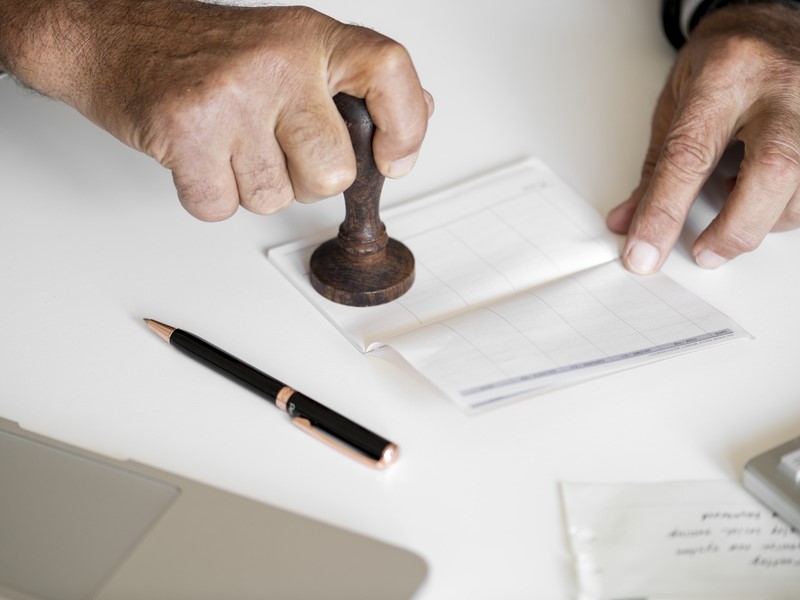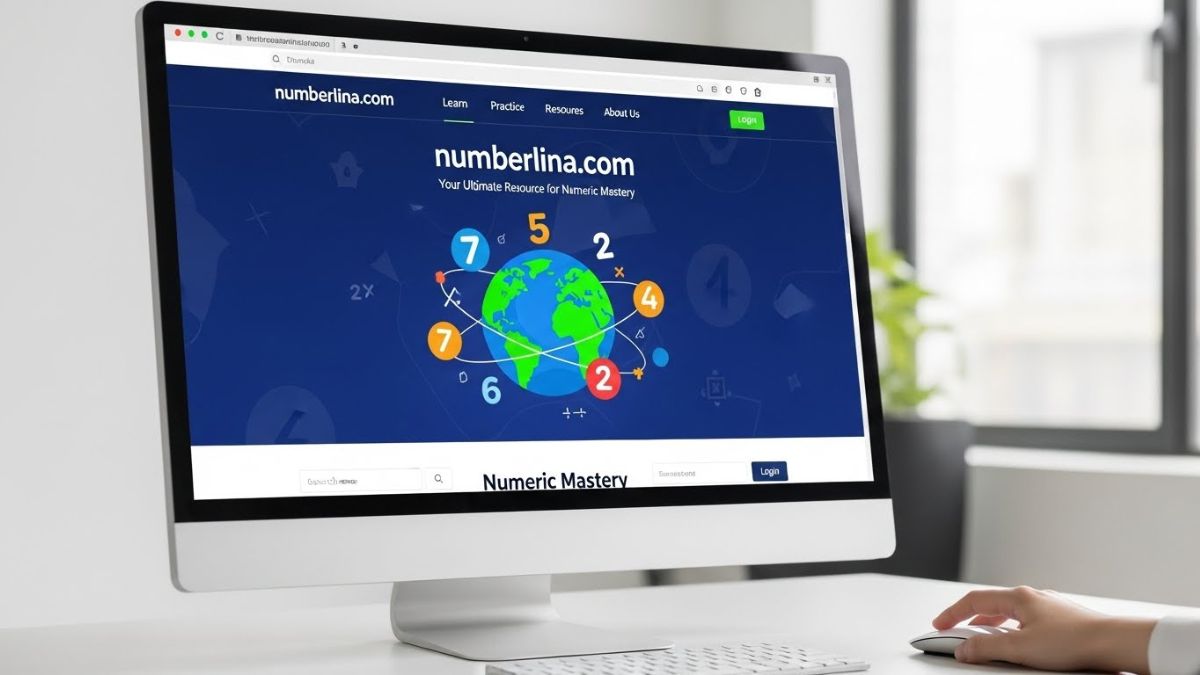The property market in Singapore can be a bit of a maze for would-be buyers, especially those looking to purchase a home for the first time. One of the principal aspects of the market that potential buyers need to be aware of is stamp duty—that’s a tax that gets imposed on property transactions. By and large, understanding stamp duty—what it is, the different types, and how they’re calculated—can help you make some more informed decisions about your property purchase, or at least get you thinking in the right direction.
What is Stamp Duty?
In Singapore, the government imposes a tax known as stamp duty on property transactions. Thus, when purchasing a residential property—whether a private home or an HDB flat—you will need to pay stamp duty. As with any tax, the amount you owe can affect your overall budget, and because stamp duty is levied at a percentage of the property’s purchase price or market value (and it will tax you at the higher of the two), the percentage amount can be quite substantial.
Stamp Duty: The Various Types
When buying a property in Singapore, you will most likely have to deal with one of two kinds of stamp duty. The first, Buyer’s Stamp Duty (BSD), is the most common. It is calculated based on the property’s purchase price or market value, whichever is higher, and it uses a tiered structure. As of 2023, the rates are as follows:
- 1% on the first S$180,000;
- 2% on the next S$180,000;
- 3% on the next S$640,000;
- 4% on any amount above S$1 million.
The second type of stamp duty you most likely will deal with is called Additional Buyer’s Stamp Duty (ABSD). This is an extra tax that certain groups of buyers—in particular, foreigners and individuals buying more than one property—have to pay on top of the BSD.
How to Calculate Your Stamp Duty
If you know the property’s purchase price, calculating stamp duty can be simple. Adding the ABSD into the mix, though, clouds matter. Luckily, quite a few online resources can assist you in estimating your stamp duty obligations—with varied degrees of accuracy, to be sure. These include not just the resources themselves, but also the calculators that come with them. And while the online estimations aren’t going to be your actual stamp duty number, they can give you a better grasp of your potential costs.
When you use an online calculator, you get to key in certain details about your situation—like your residency status, for example. You also, of course, key in the purchase price of the home you are looking to buy. And if you were to use this online tool, you would find that you have, on average, a little influx of 23,000 reasons to not want to pay stamp duty.
To better understand your obligations, consider using an absd calculator to help you estimate the Additional Buyer’s Stamp Duty you may owe based on your specific circumstances.
Why Planning for Stamp Duty Is Important
When buying a property, it’s vital to include stamp duty in your financial preparations. Many first-time buyers concentrate just on the deposit and the mortgage payments and forget to include what can be a hefty amount for stamp duty. It’s crucial to know what the duty is, why you might have to pay it, and, most importantly, how much you will have to pay. Using the ABS duty calculator, I will guide you through two hypothetical scenarios to help you grasp the basics.
In Singapore’s real estate market, stamp duty is a key factor that can heavily influence your total cost during a property transaction. Understanding what stamp duty is and the different kinds that exist—like the Additional Buyer’s Stamp Duty, or ABSD—can obviously help you better estimate your costs. Stamp duty can represent a huge chunk of change, levelled on top of the purchase price and, in some instances, even levelled on top of what we’ve called the “essential value” during the transaction. Once you understand at least the basics of what it is and how it works, you can then figure out how to level that understanding onto your decision-making process.











